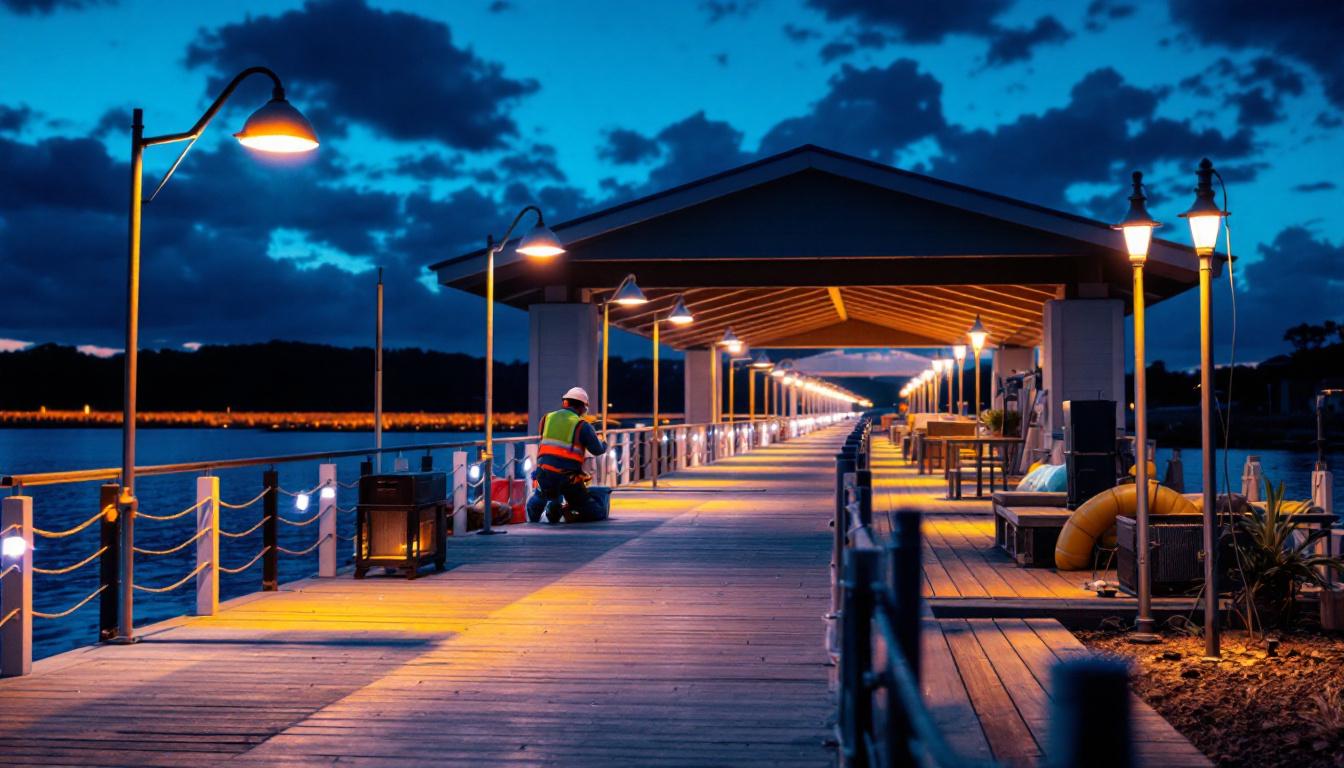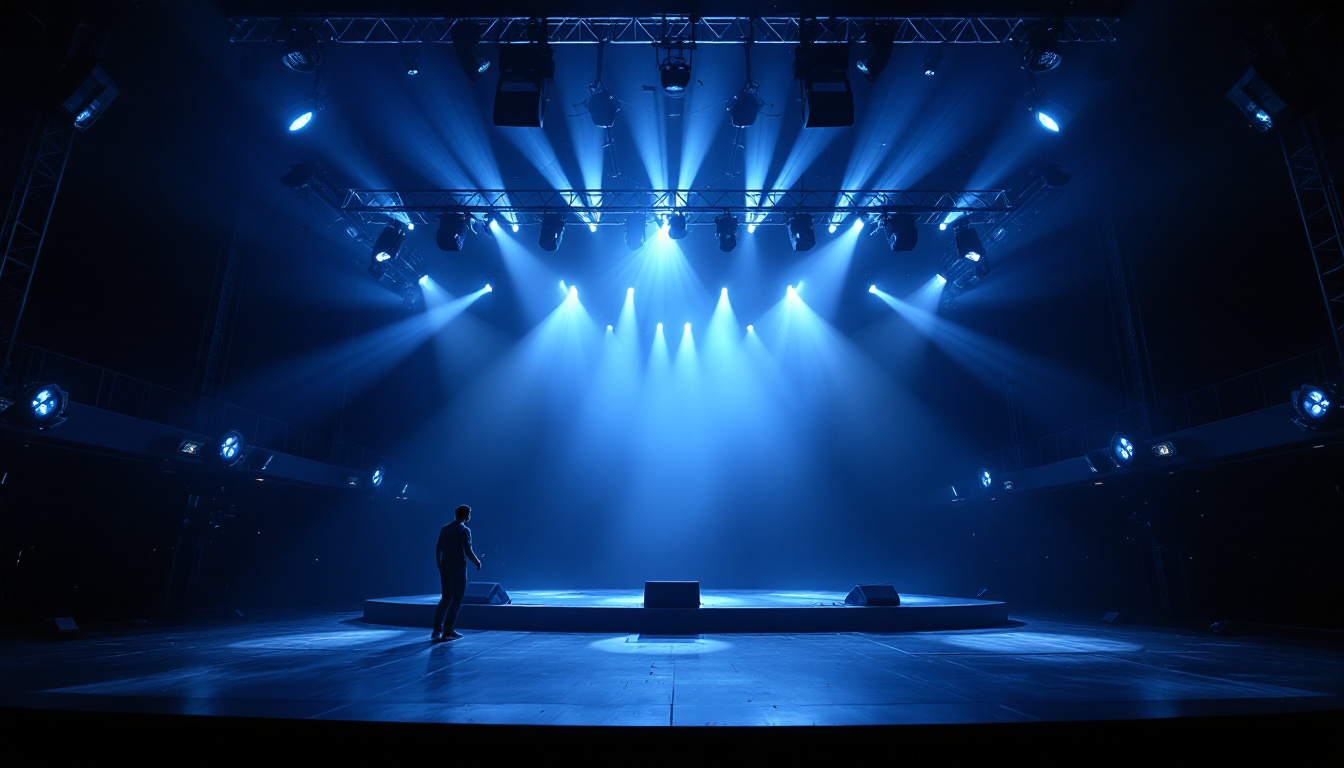
Lighting plays a crucial role in any construction or renovation project. For lighting contractors, understanding the differences between various types of bulbs is essential for providing the best solutions for clients. Among the most common fluorescent tubes are T12 and T8 bulbs. This article explores the differences between these two types of bulbs, their applications, and proven methods for lighting contractors to maximize efficiency and effectiveness.
T12 and T8 bulbs refer to the diameter of the fluorescent tubes. The “T” stands for “tubular,” and the number indicates the diameter in eighths of an inch. Therefore, a T12 bulb has a diameter of 12 eighths of an inch, or 1.5 inches, while a T8 bulb measures 8 eighths of an inch, or 1 inch. This seemingly small difference in size has significant implications for performance and energy efficiency.
T12 bulbs are typically older technology, often found in legacy lighting systems. They generally consume more energy compared to T8 bulbs and produce less light per watt. This inefficiency can lead to higher operational costs for businesses that rely on T12 lighting. In contrast, T8 bulbs are designed to be more energy-efficient, providing greater light output while consuming less electricity. Furthermore, T8 bulbs often come with electronic ballasts, which not only enhance their energy efficiency but also reduce flickering and noise, creating a more pleasant lighting environment.
When it comes to light output, T8 bulbs generally outperform T12 bulbs. T8s can produce a higher lumen output with better color rendering, making them suitable for environments where accurate color representation is essential. This is particularly important in retail settings, art galleries, and any place where visual appeal is critical. Additionally, T8 bulbs are available in a variety of color temperatures, allowing users to select the perfect ambiance for their space, whether it be a warm, inviting glow or a bright, clinical light. The versatility in color temperature also means that T8 bulbs can be tailored to enhance the aesthetics of different environments, from cozy restaurants to vibrant offices.
Beyond energy consumption, the environmental impact of T12 and T8 bulbs is a growing concern. T12 bulbs contain higher levels of mercury, which poses disposal challenges and environmental risks. As regulations around hazardous waste tighten, many businesses are making the switch to T8 or even newer LED technologies to comply with environmental standards and reduce their carbon footprint. This shift not only helps in minimizing harmful waste but also promotes sustainability, as T8 bulbs have a longer lifespan compared to T12s, resulting in fewer replacements and less waste over time. As we move toward a more eco-conscious society, the choice of lighting can significantly contribute to a greener future.
Energy efficiency is a major consideration for lighting contractors and their clients. The transition from T12 to T8 bulbs can result in significant savings on energy bills. T8 bulbs are designed to operate with electronic ballasts, which further enhance their efficiency compared to the magnetic ballasts used with T12 bulbs. This transition not only affects the immediate cost of lighting but also influences the overall energy consumption of buildings, making it a crucial factor for both residential and commercial projects.
While the initial cost of purchasing T8 bulbs and compatible ballasts may be higher than T12 systems, the long-term savings can be substantial. T8 bulbs typically have a longer lifespan, which means fewer replacements and lower maintenance costs. Over time, the reduced energy consumption can lead to a return on investment that justifies the upfront costs. Additionally, many utility companies offer rebates and incentives for upgrading to energy-efficient lighting, which can further offset the initial expenses and encourage more contractors and clients to make the switch.
In addition to financial savings, switching to T8 bulbs contributes to environmental sustainability. Lower energy consumption means reduced greenhouse gas emissions, aligning with the growing trend toward eco-friendly practices in the construction and renovation industries. By advocating for T8 bulbs, lighting contractors can position themselves as responsible and forward-thinking professionals. Furthermore, the reduced demand for electricity not only lessens the strain on power plants but also minimizes the need for fossil fuels, thus playing a part in the broader movement towards renewable energy sources and a more sustainable future.
Moreover, the shift to T8 bulbs can also enhance the quality of lighting in spaces. T8 bulbs provide better color rendering and more consistent illumination, which can improve the overall aesthetic of a room or workspace. This improved lighting can lead to increased productivity and comfort for occupants, making it a valuable consideration for business owners and facility managers. As the market continues to evolve, the integration of smart technology with T8 lighting systems is also becoming more prevalent, allowing for greater control over energy use and further amplifying the benefits of energy-efficient lighting solutions.
Understanding the specific applications for T12 and T8 bulbs is crucial for lighting contractors. Different environments may call for different types of lighting solutions, and recognizing these nuances can help contractors make informed recommendations to clients. The choice between T12 and T8 not only impacts the quality of light but also the energy consumption and long-term operational costs, making it a vital consideration in any lighting project.
T12 bulbs may still be suitable for certain applications, particularly in older facilities where retrofitting to T8 technology is not feasible. Warehouses, industrial spaces, and areas where light quality is less critical can still utilize T12 bulbs effectively. However, it is essential to assess the overall efficiency and cost-effectiveness of maintaining these older systems. In some cases, T12 bulbs can be found in applications such as parking garages or large storage areas, where the initial investment in lighting upgrades may not yield significant returns. Additionally, the lower upfront costs of T12 fixtures can be appealing for budget-conscious projects, even if they lead to higher energy bills over time.
T8 bulbs shine in environments that require high-quality lighting. Offices, retail stores, and educational institutions benefit from the enhanced brightness and color accuracy that T8 bulbs provide. Furthermore, T8s are ideal for applications where energy savings are a priority, making them a popular choice for modern lighting installations. Their superior efficiency translates into lower electricity costs, which can be particularly advantageous for businesses looking to reduce overhead expenses. Moreover, the availability of T8 bulbs in various color temperatures allows for customization of the lighting environment, catering to specific needs such as creating a warm, inviting atmosphere in a café or a bright, focused workspace in an office setting. The versatility of T8 bulbs also extends to their compatibility with advanced lighting controls and smart systems, further enhancing their appeal in contemporary lighting design.
For lighting contractors, installation practices can significantly impact the performance of T12 and T8 bulbs. Understanding the nuances of each bulb type can lead to more efficient installations and satisfied clients.
One of the primary considerations when installing T8 bulbs is ballast compatibility. T8 bulbs require electronic ballasts, which are designed to operate at higher frequencies than the magnetic ballasts used for T12 bulbs. When retrofitting a T12 system to T8, contractors must ensure that the existing ballasts are replaced to avoid flickering and reduced performance.
In addition to ballast compatibility, contractors should assess the existing wiring and fixtures. T8 bulbs may require different socket configurations, and ensuring that fixtures are compatible is essential for a successful installation. This may involve upgrading fixtures or making adjustments to wiring to accommodate the new technology.
Lighting contractors must stay informed about regulations regarding energy efficiency and environmental standards. Many regions have implemented legislation aimed at reducing energy consumption, which can impact the use of T12 bulbs.
Energy codes often encourage or mandate the use of energy-efficient lighting solutions. Contractors should be familiar with local codes that may restrict the use of T12 bulbs in new constructions or major renovations. Understanding these regulations can help contractors guide clients toward compliant and efficient lighting solutions.
Various incentives may be available for clients who choose to upgrade from T12 to T8 bulbs. These can include tax credits, rebates, or grants aimed at promoting energy efficiency. Lighting contractors should be proactive in informing clients about these opportunities, as they can significantly offset the costs of upgrading.
The lighting industry is continuously evolving, with new technologies emerging that may further impact the relevance of T12 and T8 bulbs. Staying ahead of these trends can position lighting contractors as leaders in their field.
One of the most significant trends in lighting is the shift toward LED technology. LEDs offer even greater energy efficiency and longer lifespans compared to both T12 and T8 bulbs. As more clients seek sustainable lighting solutions, contractors should be prepared to discuss the benefits of LED options as alternatives to traditional fluorescent tubes.
Another trend is the rise of smart lighting systems that allow for greater control and customization. These systems can be integrated with T8 and LED technologies, providing clients with enhanced functionality and energy savings. Contractors who are knowledgeable about smart lighting solutions will be better equipped to meet the evolving needs of their clients.
In the debate between T12 and T8 bulbs, the advantages of T8 technology are clear. With improved energy efficiency, better light quality, and longer lifespans, T8 bulbs are often the superior choice for modern lighting applications. For lighting contractors, understanding these differences and being able to communicate them effectively to clients is essential for success.
By considering factors such as installation practices, regulatory requirements, and emerging technologies, contractors can provide informed recommendations that align with their clients’ needs. As the industry continues to evolve, staying updated on trends and innovations will ensure that lighting contractors remain competitive and capable of delivering the best lighting solutions available.
Ready to take advantage of the superior energy efficiency and quality of T8 lighting technology? At LumenWholesale, we provide lighting contractors with an extensive selection of top-quality, spec-grade lighting products at unbeatable wholesale prices. Say goodbye to local distributor markups and hello to reliable, high-performance lighting that meets the highest industry standards. With our hassle-free bulk buying and free shipping, you can equip your projects with premium lighting at the best value — all without hidden fees or compromises. Elevate your lighting game and experience the perfect blend of quality, affordability, and convenience. Visit LumenWholesale today for Wholesale Lighting at the Best Value.

Discover how incorporating light fixtures into the eaves can transform your lighting projects.

Discover innovative boat dock dock lighting ideas that boost contractor profits and enhance safety.

Discover essential tips and best practices for lighting contractors using LED strip lights.

Explore the crucial role of theater lighting in enhancing safety during installations.